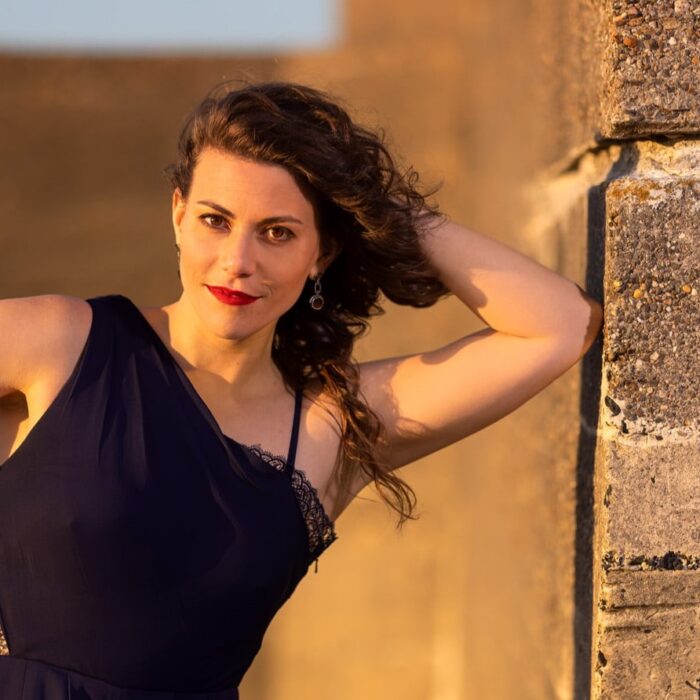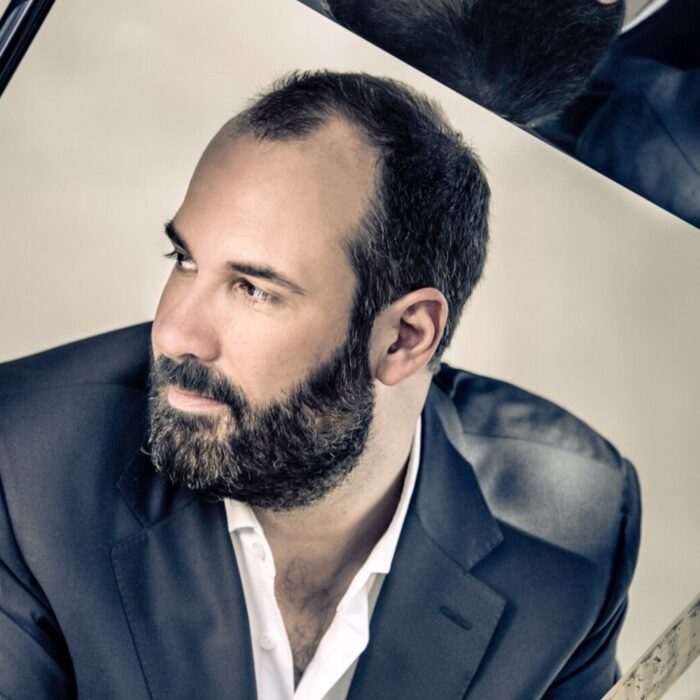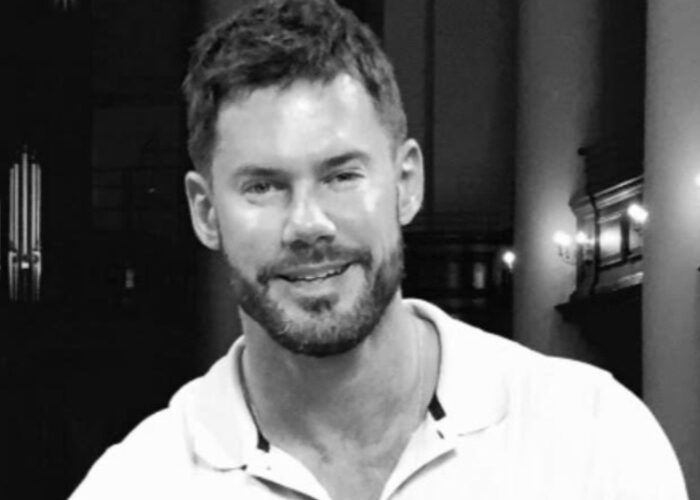
Q & A: Cadie and Jonathan Bryan Talk About ‘The Sound of Music’ at Arizona Opera
By Francisco SalazarPhoto: Caitlin Oldham
On March 3, Arizona Opera is set to present a production of “The Sound of Music.”
It’s a rare moment when an opera company brings a musical to its stage. The 1959 musical is most famous for its movie adaptation, which won the Oscar for Best Picture and has some of Rodger and Hammerstein’s most iconic work.
With this musical, the company will bring two acclaimed singers, Cadie Bryan, and Jonathan Bryan.
Both spoke with OperaWire about bringing a musical to an opera company and singing the famed show.
OperaWire: What does it mean to perform this iconic work at Arizona Opera?
Cadie Bryan: After having been a studio artist here at Arizona Opera and getting to know the company and the cities of Phoenix and Tucson intimately, I am so excited to return and welcome Jonathan to what feels like my home crowd. Arizona Opera does a great job of programming a variety of repertoire for its audiences, and we’re thrilled to be leading the cast of such a universally adored and nostalgic piece of theatre.
OW: Why do you think “The Sound of Music” is a great work for an opera company?
Jonathan Bryan: “The Sound of Music” is a modern-day classic with iconic music and characters. The music, especially Maria’s, is demanding and elevated with classically trained singers. It offers familiar, comforting melodies while still providing an opportunity to hear top-notch vocalism.
OW: What similarities do you see in “The Sound of Music” to opera? Do you think musicals can help people connect to opera?
CB: I think musicals, especially Golden Age musicals, can definitely help people connect to opera. Just because it’s not a tragedy doesn’t mean it’s not operatic. “The Sound of Music” has all the same themes and high-stakes drama as any opera in the repertoire; they’re just buffered by easy-to-listen-to melodies, accessible lyrics, and seven cute kids. It’s every bit as moving, sophisticated, and thought-provoking as opera. I would love to bring die-hard opera fans to this show and die-hard musical theatre fans to a Mozart opera and have them write down significant differences. I suspect it would be a short list of logistical facts about microphones.
OW: Tell me about your characters and how you see them.
JB: Captain Von Trapp is a strong man with strong principles, but he’s lost his spark. At the beginning of the show, he’s a stiff, self-serious curmudgeon. But, once Maria cracks through his shell, she rekindles his inner flame, and the Captain becomes a much more vibrant man, father, and partner worthy of admiration.
CB: Maria is a child at heart and very headstrong. I think one of the most interesting things about her is even though her biggest concern in life is to do “good” and to be “good,” she is constantly in trouble! I like to think of it as “good trouble.” She follows her gut, maintains a strong sense of truth, and inspires meaningful change in almost everyone with whom she comes in contact while learning lots of significant life lessons herself along the way.
OW: What are the biggest challenges of this musical?
CB: The biggest challenge I’m facing is that of stamina. The First act is back-to-back-to-back for Maria, and I have to find the right balance of high energy to keep the story going and pace myself in order to get to the more intimate and dramatically intense scenes of the Second act. Delivering dialogue healthily and audibly takes just as much technical focus and physicality as singing, so that makes for a marathon of a show.
OW: What are your favorite moments in this work?
JB: Artistically, my favorite moment is when the Captain, dismayed by the recognition that he’s lost his homeland to the fascist Nazi regime, loses his place while singing Edelweiss. So Maria joins him and sings, followed by all of his children. It’s just such a beautiful depiction of the strength of family, and it chokes me up every time!
Personally, my favorite moment is watching Cadie go out and sing her first big number at the top of the show. As soon as the audience hears those famous words, “the hills are alive,” I just know they’re going to be swept right off their feet, just as star-struck as I am every time I get to hear my wife sing.
OW: Tell me about the production.
CB: This production is beautiful and perfect for a contemporary audience. It has elements from both the original theatrical version and the movie. The lush orchestration and giant set capture all the nostalgia and grandeur of the Swiss Alps, the abbey, and the lavish Trapp Villa. And there are over 150 gorgeous costumes. In wonderful juxtaposition, our voices will all be amplified, which will provide a lot more intimacy between the characters and the audience throughout. A rare delight for the traditional opera crowd!
OW: What do you hope audiences take away from the performances?
JB: I hope audiences leave with Maria’s authenticity, the children’s enthusiasm for life, and the Captain’s resolve to stand firm in his values. This show strengthens my spirit every time I see it, and I hope it does the same for our audiences here in Arizona.


